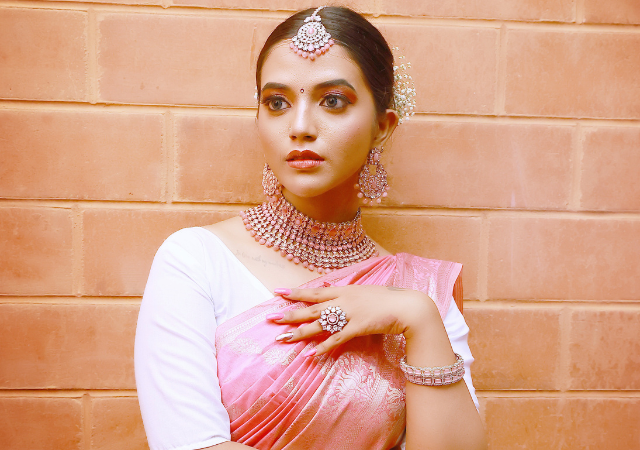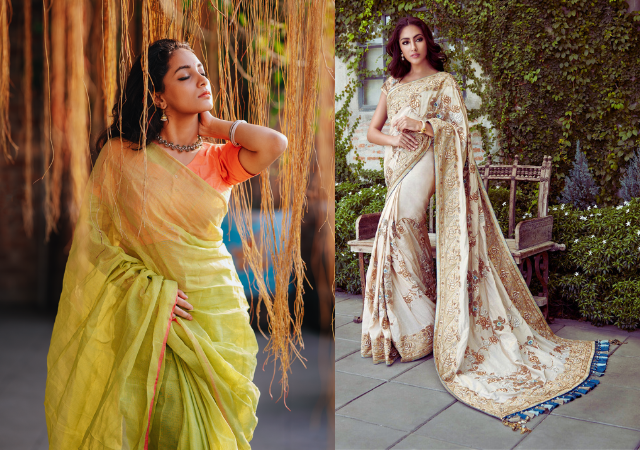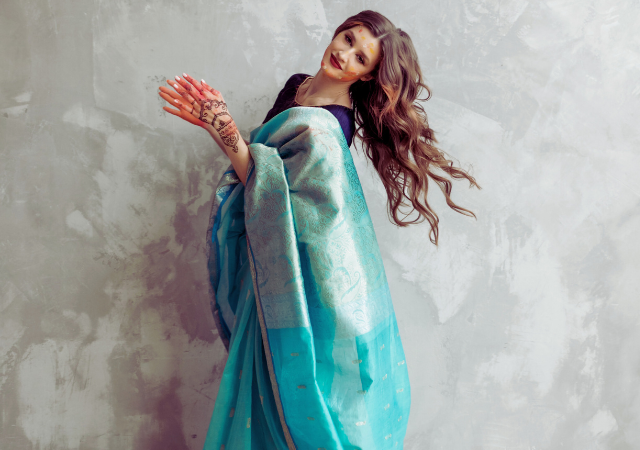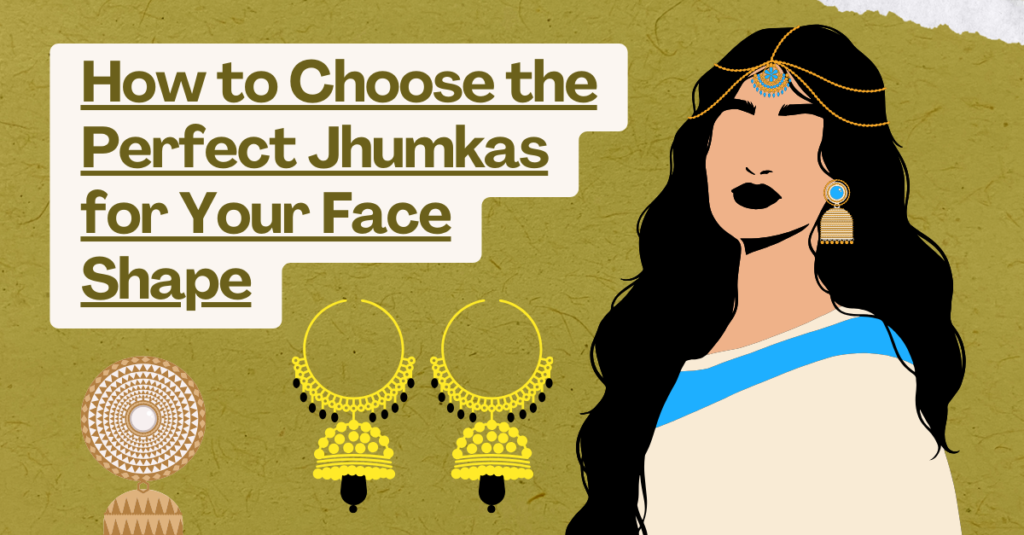Why Indian Men Prefer Women in Sarees Over Western Dresses
Introduction
In the vibrant tapestry of Indian culture, the saree has always occupied a place of profound significance. Beyond its status as a traditional garment, the saree embodies elegance, grace, and timeless beauty that have captivated hearts for generations. This article delves into the intriguing phenomenon of why Indian men, despite the influx of Western fashion trends, continue to hold a deep-seated preference for women draped in the exquisite folds of a saree.
The saree, with its origins steeped in history and diverse regional variations, is more than just clothing; it’s an art form. Its intricate draping style complements the female form, enhancing its allure and femininity in ways that Western dresses often struggle to match. As we embark on this exploration, we will unravel the cultural heritage, the artistic draping techniques, and the emotional connection that make the saree an enduring symbol of beauty and tradition in India. Join us in deciphering the enchanting mystery of why Indian men adore women in sarees over Western attire.
-
The Saree: A Cultural Icon

The saree, pronounced as ‘sa-ree‘ in India, is more than just a piece of clothing; it’s a symbol of India’s cultural heritage. With a history dating back over 5,000 years, the saree has witnessed the rise and fall of empires, the changing fashions, and the evolution of Indian society. This long-standing tradition has been passed down through generations, and it continues to be an integral part of daily life and special occasions.
Diverse Regional Styles:
One of the most fascinating aspects of the saree is its regional diversity. India is a vast subcontinent with a multitude of languages, customs, and traditions, and each region boasts its unique style of saree draping. From the elegant and elaborate Kanjivarams of South India to the delicate and artistic Bandhanis of Rajasthan, the saree showcases India’s rich tapestry of cultures.
The Art of Draping:
Beyond its regional diversity, the art of draping a saree is a skill passed down from mothers to daughters. The process of wrapping the saree around the body, pleating it perfectly, and securing it with the pallu (the loose end) is akin to creating a work of art. Each fold and tuck is a deliberate step in enhancing a woman’s beauty and grace.
Versatility in Tradition:
While sarees are deeply rooted in tradition, they are also incredibly versatile. They can be worn casually for everyday activities or donned extravagantly for special events like weddings and festivals. The saree gracefully adapts to various occasions and settings, making it an all-encompassing choice for Indian women.
-
The Elegance and Timelessness of Sarees

One of the primary reasons Indian men prefer women in sarees is the sheer elegance and timelessness associated with this traditional attire. Here’s why the saree is often seen as the epitome of grace:
Aesthetic Appeal:
Sarees are renowned for their ability to accentuate a woman’s beauty in a subtle and elegant manner. The way a saree drapes around the body, hugging its curves, adds an air of mystique and sensuality that is hard to match with Western dresses.
Timeless Beauty:
While fashion trends come and go, the saree remains a constant in the world of Indian fashion. Its classic appeal is never diminished by changing styles or seasons. It’s a piece of clothing that transcends time and continues to be cherished by women of all ages.
Cultural Symbolism:
The saree is deeply rooted in Indian culture and tradition. When a woman wears a saree, it not only showcases her sense of style but also pays homage to her cultural heritage. This connection to tradition adds an extra layer of significance and beauty to the attire.
-
The Art of Draping a Saree

The saree is not just about the fabric; it’s also about the artistry and skill involved in draping it. The way a saree is draped can significantly impact a woman’s appearance and the way she carries herself. Indian men appreciate this art form for several reasons:
Sensuous Draping:
The process of draping a saree can be sensuous and intimate. It often involves a woman’s partner assisting in pleating and adjusting the saree, which can create a deeper emotional connection and intimacy.
Enhancing Femininity:
The art of saree draping enhances a woman’s femininity. It accentuates her curves and subtly reveals just the right amount of skin, leaving much to the imagination. This artful balance of modesty and allure is one of the saree’s most captivating qualities.
Personal Expression:
Saree draping is not a one-size-fits-all affair. Different regions in India have their unique draping styles, and women often customize their draping to suit their preferences and body types. This personalization allows women to express their individuality through their choice of saree and draping style.
-
Versatility and Adaptability

Another reason behind Indian men’s preference for women in sarees is the incredible versatility and adaptability of this traditional attire.
Occasion-Friendly:
Sarees are suitable for a wide range of occasions. Whether it’s a formal event, a casual gathering, or a religious ceremony, there’s a saree that’s perfect for the occasion. Indian men appreciate the adaptability of sarees, knowing that their partner can effortlessly switch between different looks with the same garment.
Design Variety:
The saree market offers an astounding variety of designs, fabrics, and embellishments. From intricate silk sarees with heavy embroidery for weddings to lightweight cotton sarees for everyday wear, there’s a saree for every mood and style.
Experimentation:
Women often experiment with saree styles, drapes, and accessories to create unique looks. This experimentation keeps the saree fresh and exciting, making it a dynamic and ever-evolving fashion choice.
-
The Emotional Connection

Beyond the aesthetics and practicality, there’s a profound emotional connection between sarees and Indian culture that resonates deeply with both men and women.
Cultural Roots:
The saree represents an unbroken link to India’s cultural roots. It’s a tangible connection to the traditions and values passed down through generations. Indian men, just like women, value this connection to their cultural heritage.
Nostalgia:
For many Indian men, seeing a woman in a saree evokes nostalgia. It reminds them of their mothers, grandmothers, and the women who played pivotal roles in their lives. This sentimental value makes the saree even more endearing.
Cultural Identity:
The saree is a powerful symbol of Indian identity. In a world where globalization has led to the blending of cultures, the saree remains a distinctive marker of Indian heritage. Indian men often take pride in their partner’s choice to embrace this cultural identity.
-
Western Dresses and Changing Trends
It’s important to note that the preference for sarees among Indian men doesn’t imply a disdain for Western dresses. India’s fashion landscape has evolved dramatically in recent years, and Western attire has become increasingly popular among both men and women. Here’s how Western dresses fit into the picture:
Changing Fashion Trends:
With globalization and exposure to international fashion, many Indian women have embraced Western dresses. This shift in fashion trends reflects changing lifestyles and tastes.
Personal Choice:
Just as Indian men appreciate women in sarees, they also respect personal choices when it comes to clothing. Whether a woman chooses to wear a saree or a Western dress, her comfort and confidence matter the most.
Cultural Harmony:
In a diverse and culturally rich country like India, the coexistence of sarees and Western dresses is a testament to the harmony between tradition and modernity. Indian men appreciate and celebrate this diversity in fashion choices.
Conclusion (Why Indian Men Prefer Women in Sarees Over Western Dresses)
In the mosaic of Indian culture and fashion, the saree stands as an enduring symbol of grace, tradition, and timeless beauty. The preference of Indian men for women in sarees over Western dresses is a reflection of the deep cultural roots and emotional connections associated with this traditional attire. It’s a preference that celebrates India’s rich heritage while also acknowledging the evolving fashion landscape in the country.
Ultimately, what matters most is not the attire itself, but the confidence, comfort, and individuality that a woman exudes when wearing it. Whether in a saree or a Western dress, Indian men appreciate and admire the beauty and grace of the women who carry themselves with poise and confidence, honoring both tradition and personal style in equal measure.

My name is Rohit Vagh and I’m a content writer specializing in fashion and lifestyle. I have three years of experience in this field and have written various articles. My writing style is creative and engaging, and I strive to create content that resonates with my readers. I have a deep passion for fashion and am constantly researching the latest trends and styles to make sure my readers are up to date. I’m excited to continue my career in blogging, and I’m always looking for new opportunities in the fashion and lifestyle space.





